Since storm doors are much thinner and weigh significantly less than exterior doors, the installation and storm door replacement process is quite simple.
To start with, storm doors do not have their own frame, but rather they hang off the casing of the exterior door itself. The insulation, closing mechanism, and other storm door accessories are installed onto the door casing itself. First, the hinge plates are installed onto the door casing and the door is placed against it to see if the dimensions of the storm door line up with the threshold. If the hinge plates are off, the storm door is going to be either too low or too high, so use a tape measure and writing utensil to mark all the spots.
Once the hinge plates are secured to the door casing, the storm door can be installed onto them. If it perfectly fits into the casing and closes into the lock on the other side of the hinge plates without any extra force, then it has been lined up perfectly. Next comes the closing mechanism, which is usually installed above the storm door hinges. There are various kinds of closing mechanisms for storm doors, among the most common of which are pneumatic closers which allow the door to shut softly and quietly. Afterward, all the other components are fastened to the door: these include locks, doorknobs, and — in case your storm door has one — an adjustable floor sweep at the bottom.
Types of Storm Doors
As one would expect, there are a variety of storm door materials, doorknobs, and types to choose from. This allows you to pick out the exact door that suits your stylistic and practical needs.
Retractable Screen Storm Doors
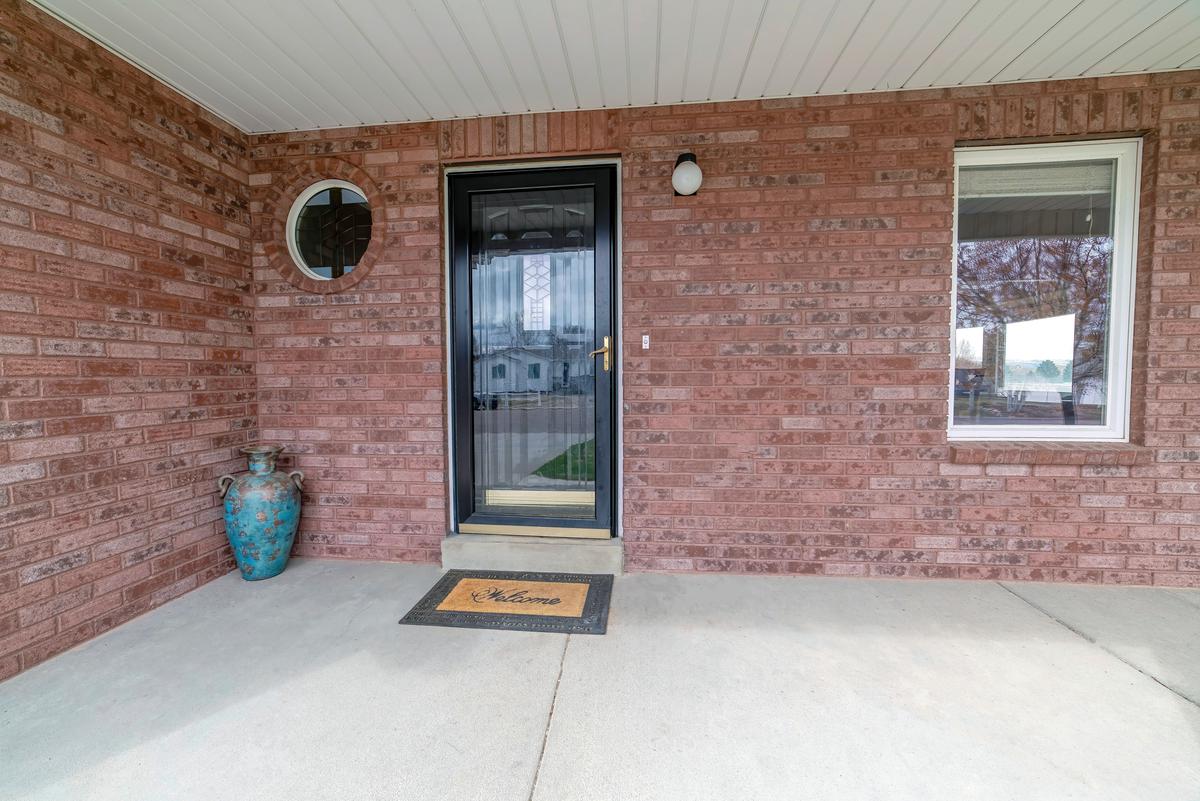
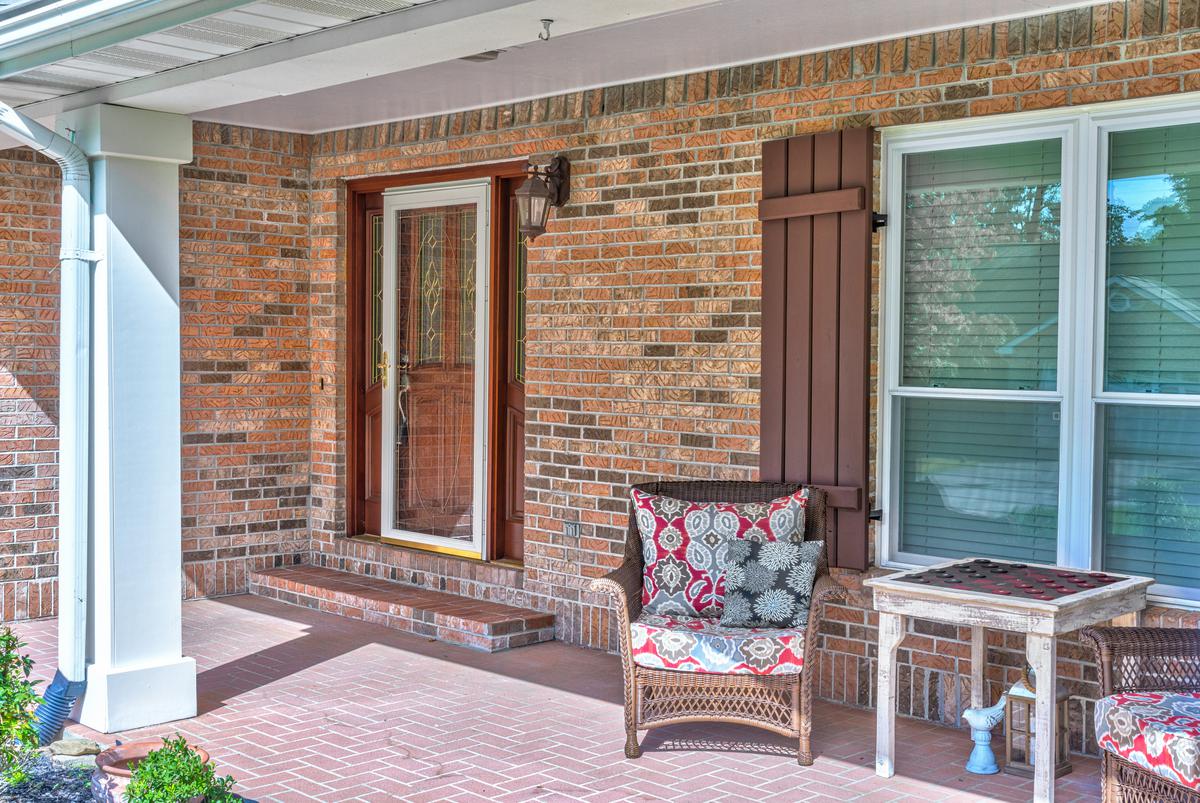
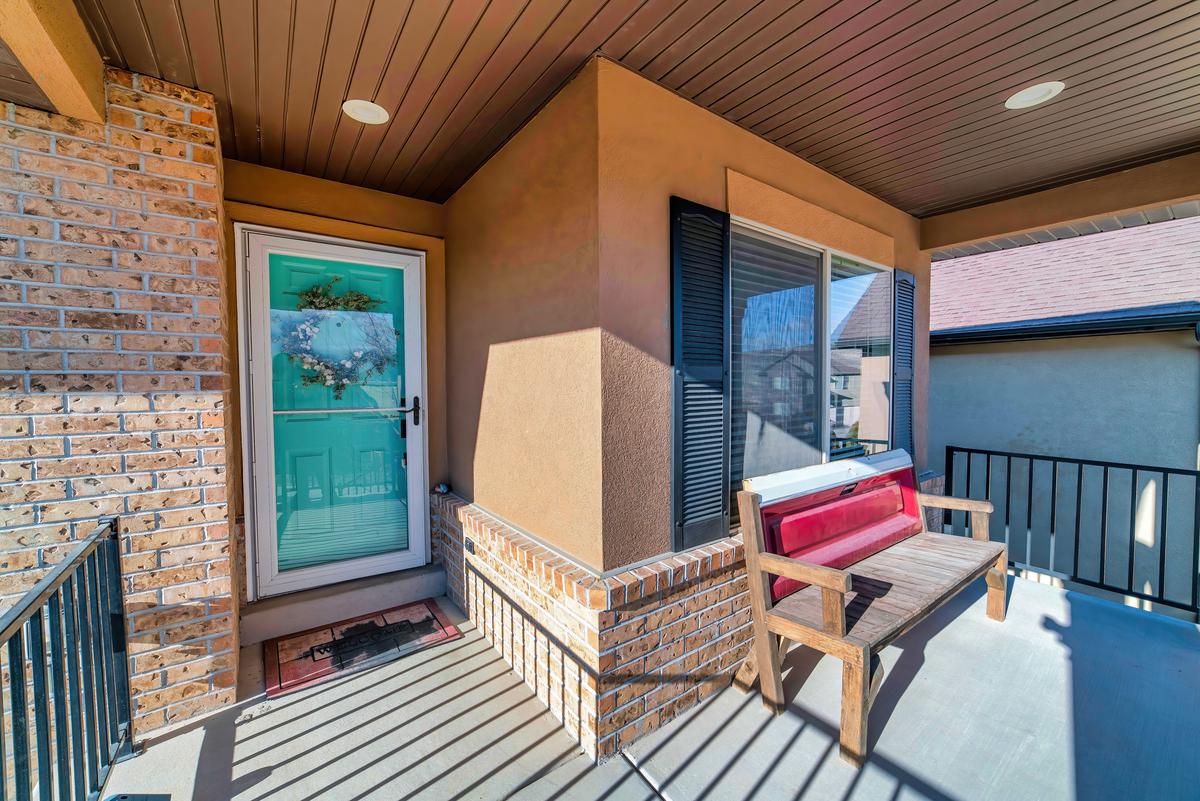
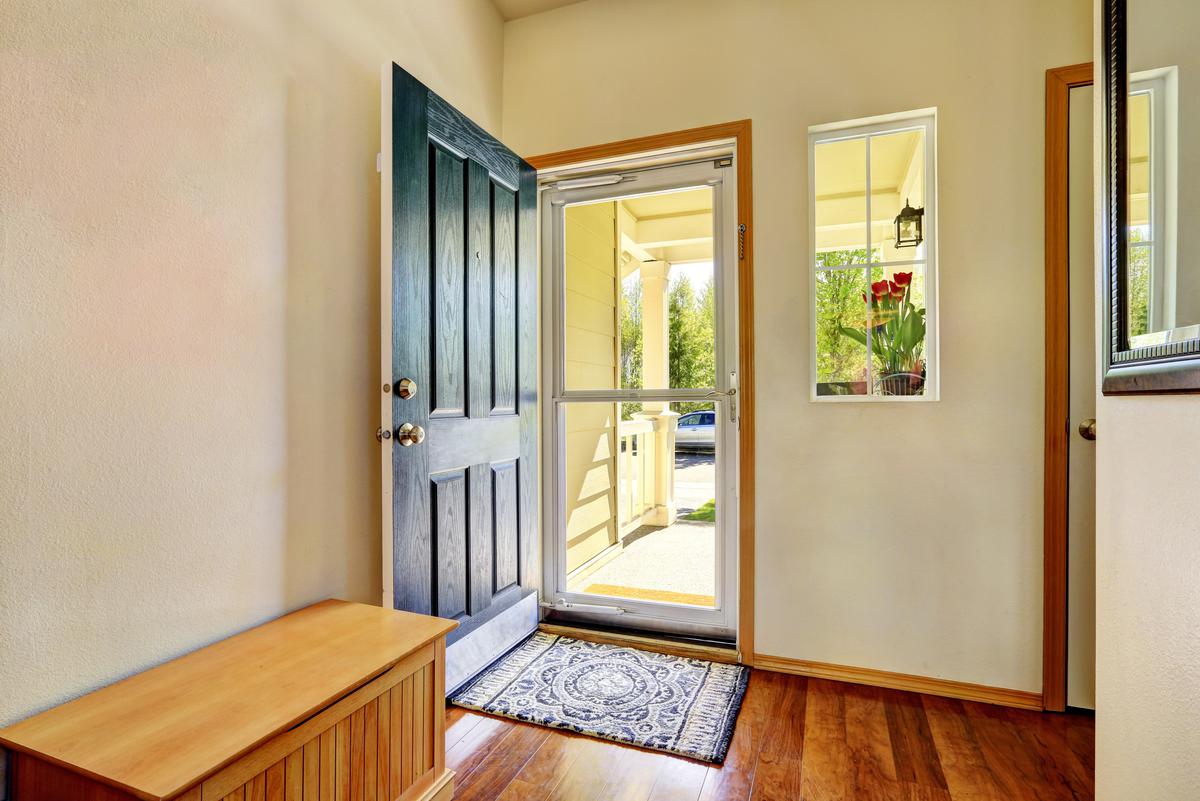

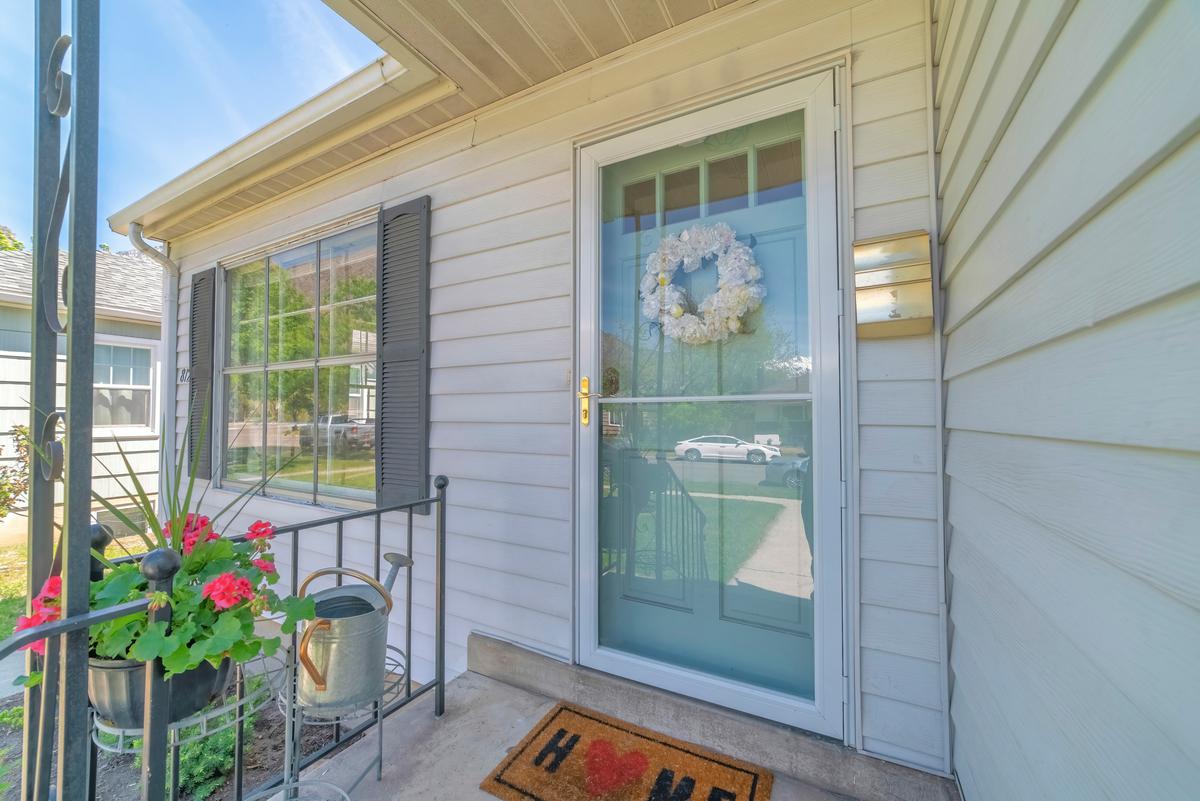
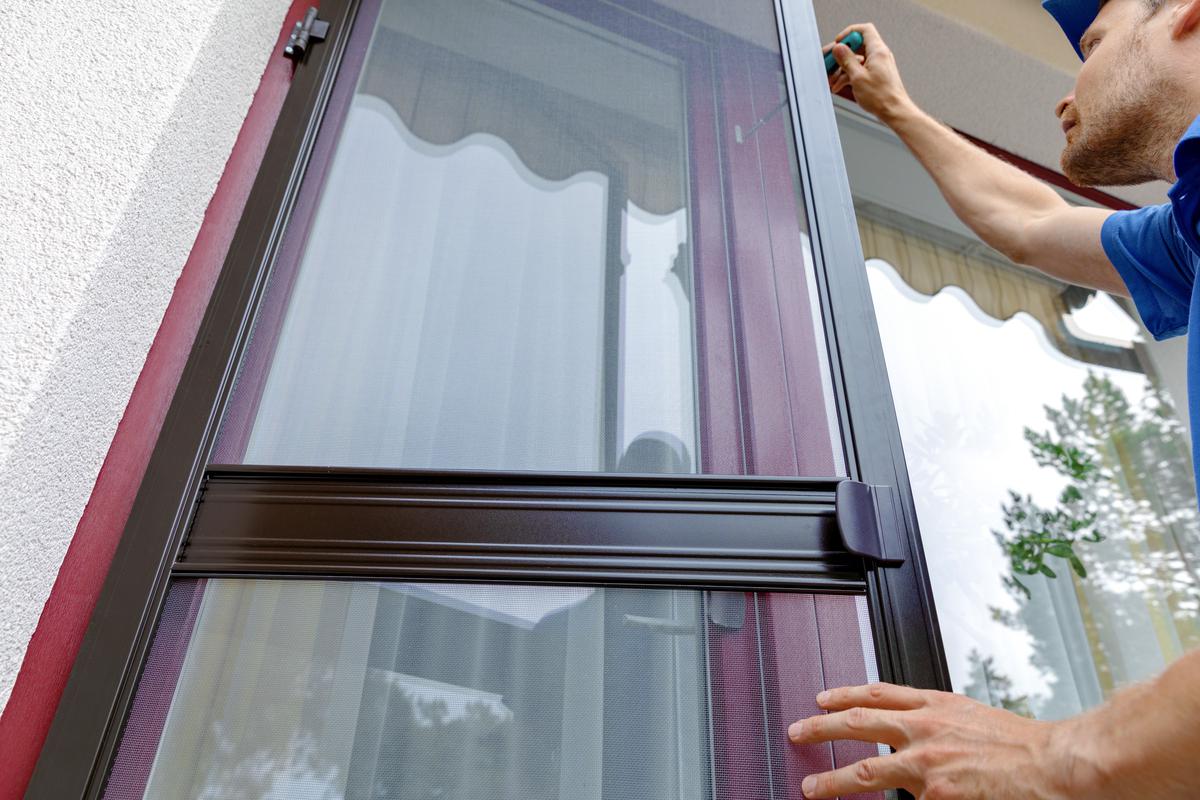
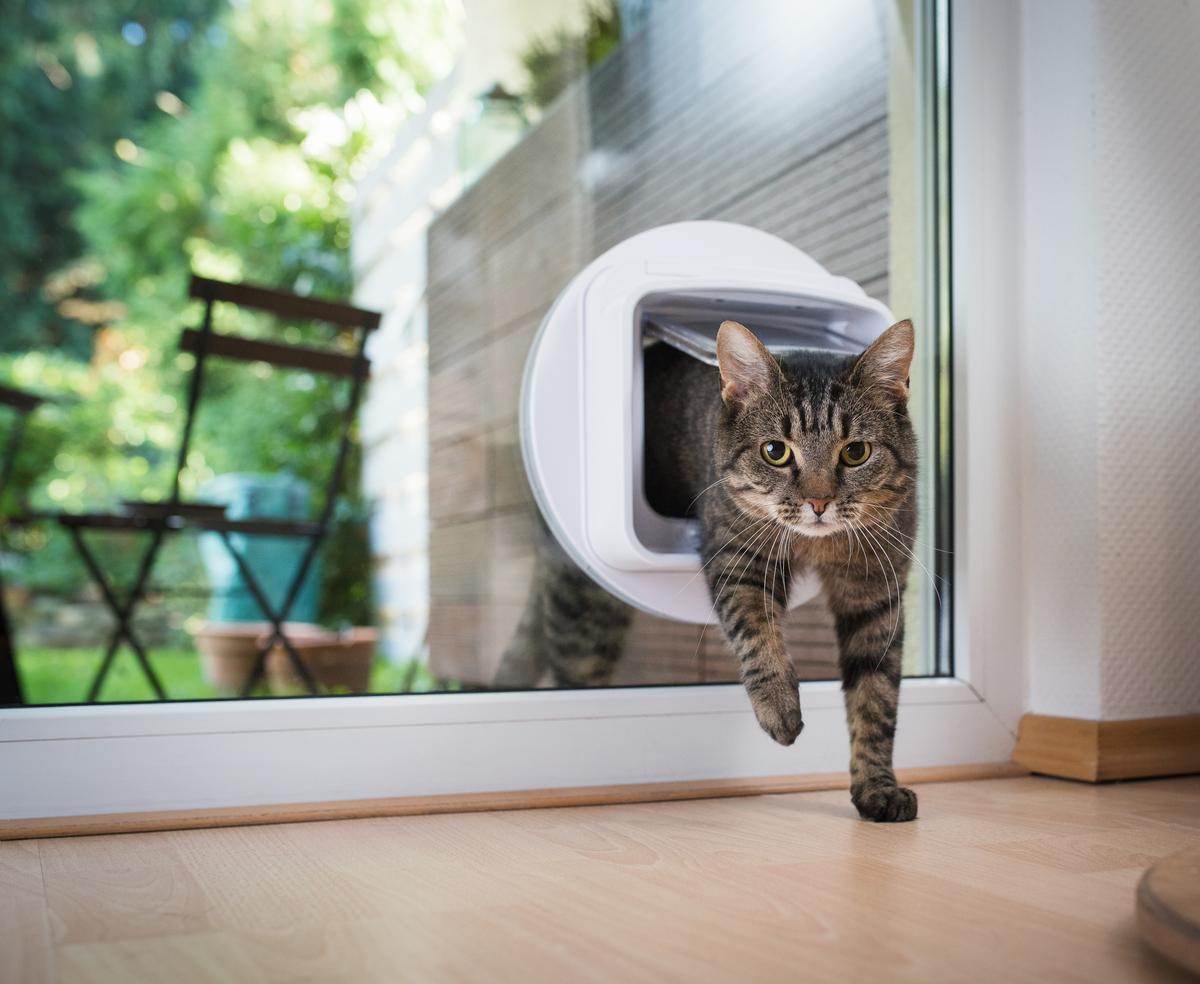
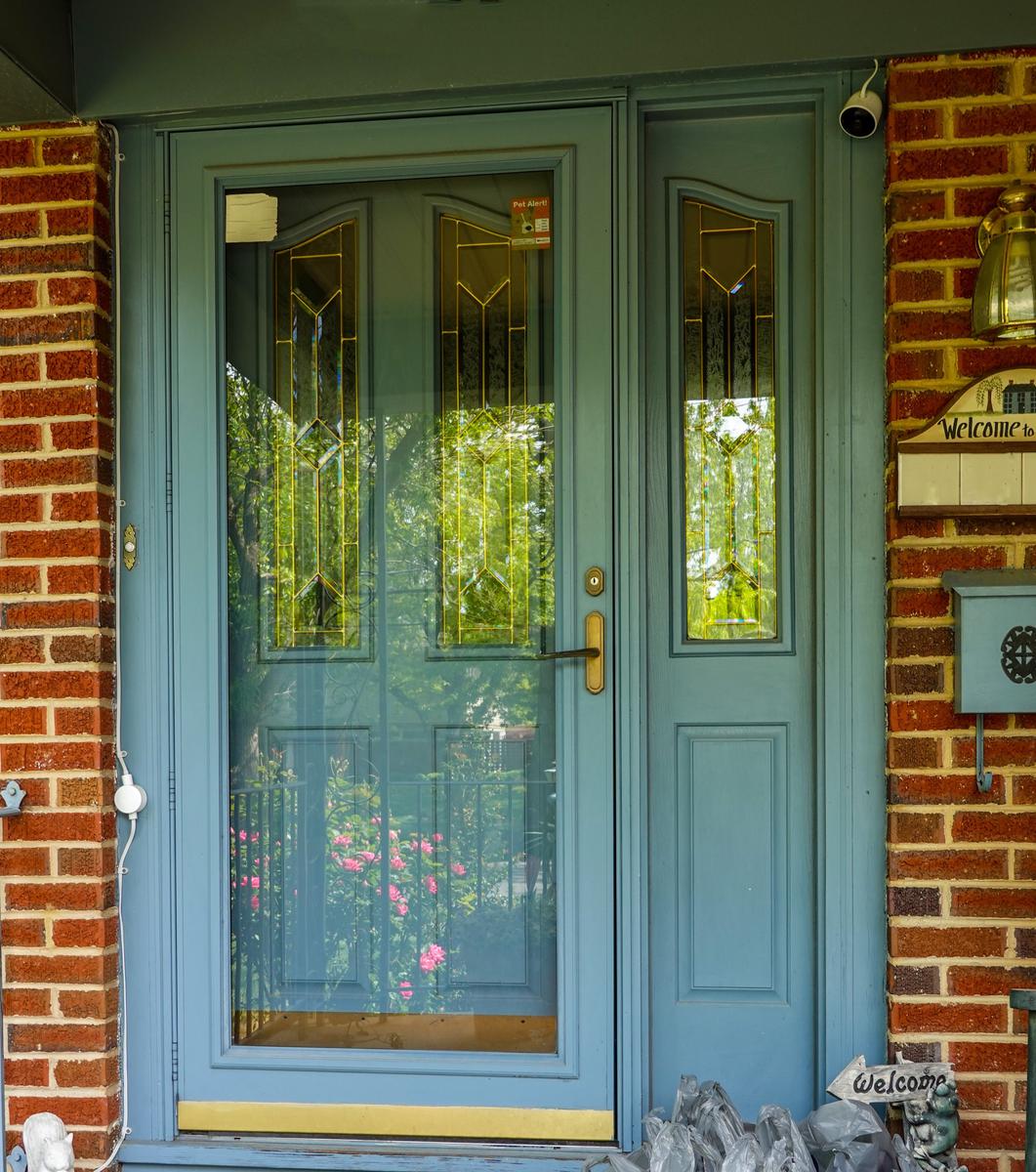





comments